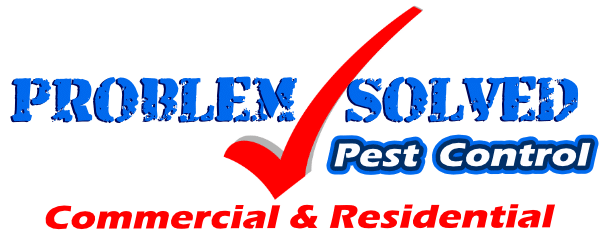What Makes Oleander Deadly?
Toxic Components
The plant contains two primary toxins: neriine and oleandrin. These compounds are highly potent and affect both the digestive system and the heart. The toxins are most concentrated in the sap, making any contact with the plant potentially hazardous.
Mechanism of Toxicity
Oleandrin, in particular, is known for its ability to disrupt the heart’s normal rhythm, which can lead to severe cardiac complications and even death. The sap can cause irritation and more severe reactions if it comes into contact with skin or mucous membranes.
Risks of Having Oleander in Your Yard
Pet and Wildlife Safety
While wild animals generally avoid due to its bitter taste, pets and some farm animals are not always so discerning. Ingesting even a few leaves can be fatal for dogs, cats, and livestock.
Child Safety
Although it is unlikely that children will eat oleander leaves or flowers due to their bitterness, accidental ingestion can be extremely dangerous. The plant’s attractive flowers might tempt curious children, so extra caution is necessary.
Oleander Caterpillars
In Florida, you might encounter orange caterpillars with black hairs on the plants. Known as Oleander Caterpillars, they become poisonous after consuming the plant. Handling these caterpillars can cause skin irritation and other health issues.
How to Stay Safe
Proper Handling
When pruning, trimming, or cleaning up fallen leaves from an oleander plant, always wear gloves to avoid direct contact with the sap. This will prevent skin irritation and reduce the risk of toxin absorption.
Avoid Face Contact
Avoid touching your face while handling oleander, as toxins can easily enter your body through your eyes, nose, or mouth. This precaution is similar to those taken to prevent viral infections, such as COVID-19.
Protecting Pets and Children
Keep pets and children away from the plants. Educate them about the dangers and ensure that no one uses oleander branches for cooking or any other purpose.[vc_row][vc_column][ult_buttons btn_title=”FREE ESTIMATE” btn_link=”url:https%3A%2F%2Fproblemsolvedpest.com%2Frequest-free-estimate%2F|title:Free%20Estimate” btn_align=”ubtn-center” btn_size=”ubtn-large” btn_title_color=”#ffffff” btn_bg_color=”#72c13d” btn_bg_color_hover=”#ea4017″ btn_title_color_hover=”#ffffff” icon_size=”32″ btn_icon_pos=”ubtn-sep-icon-at-left” btn_border_style=”solid” btn_color_border=”#72c13d” btn_color_border_hover=”#ea4017″ btn_border_size=”3″ btn_radius=”7″ btn_font_style=”font-weight:bold;” btn_font_size=”desktop:30px;”][/vc_column][/vc_row]
The Role of Pest Control in Yard Safety
Comprehensive Pest Control Solutions
At Problem Solved Pest Control, we prioritize your entire property’s safety. From protecting your lawn and shrubs from pests to keeping bugs and rodents out of your home, we offer a range of pest control programs tailored to your needs.
Preventing Oleander-Related Risks
Our pest control services also include advice and assistance with managing hazardous plants. We can help you maintain a beautiful and safe yard by offering guidance on proper plant care and safety measures.
While oleander is a stunning plant, its beauty masks significant dangers due to its potent toxins. Understanding the risks and taking appropriate precautions can help you safely enjoy this plant in your garden. For expert advice and comprehensive pest control services, consider reaching out to Problem Solved Pest Control. We are committed to ensuring your property is not only beautiful but also safe for your family and pets.
FAQs
What should I do if I come into contact with oleander sap? Wash the affected area thoroughly with soap and water and avoid touching your face. Seek medical advice if you experience any adverse reactions.
Can oleander poisoning be treated? Yes, but it requires immediate medical attention. If you suspect poisoning, contact emergency services or poison control immediately.
Are all parts of the oleander plant poisonous? Yes, all parts of the plant contain toxins, including the leaves, flowers, stems, and sap.
How can I identify oleander caterpillars? Oleander caterpillars are typically orange with black hairs and are often found on oleander plants. Handle them with caution as they are poisonous.
Is it safe to burn oleander branches? No, burning can release toxic fumes that are hazardous to inhale. Avoid using oleander wood for any kind of burning.
Can oleander be safely removed from my yard? Yes, but it should be done with care. Wearing protective clothing and gloves is essential, and it’s advisable to consult with a professional for safe removal.

